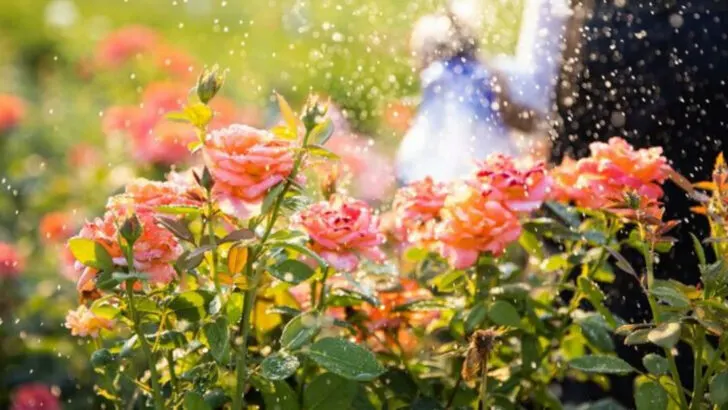June light is a flirt. Soft in the morning, blazing by noon, golden at dusk— and gone before you’ve even focused. Your garden? Glowing, blooming, showing off. But without the right shot, it’s just another scroll-past moment. Let’s fix that. You don’t need a fancy lens or a fog machine. Just a sharp eye, a few tricks, and a sense of timing that rivals a hummingbird. From taming harsh shadows to catching that perfect petal curl, we’re spilling the secrets the pros swear by. Because if your peonies are putting on a show, your camera better keep up.
Morning Glow

Early morning light, with its gentle warmth, creates ethereal garden scenes. As the sun rises, it casts a golden hue, enhancing the vibrancy of flowers. This serene atmosphere is perfect for capturing the delicate beauty of blooms.
Consider focusing on dewdrops, which sparkle like tiny jewels on petals. The stillness of morning allows for crisp, detailed shots without harsh shadows. This time of day offers a peaceful opportunity to explore creative angles.
Photographers often find inspiration in the calm of dawn, where nature awakens in soft light, making it an ideal time to capture the garden’s tranquil essence.
Evening Elegance
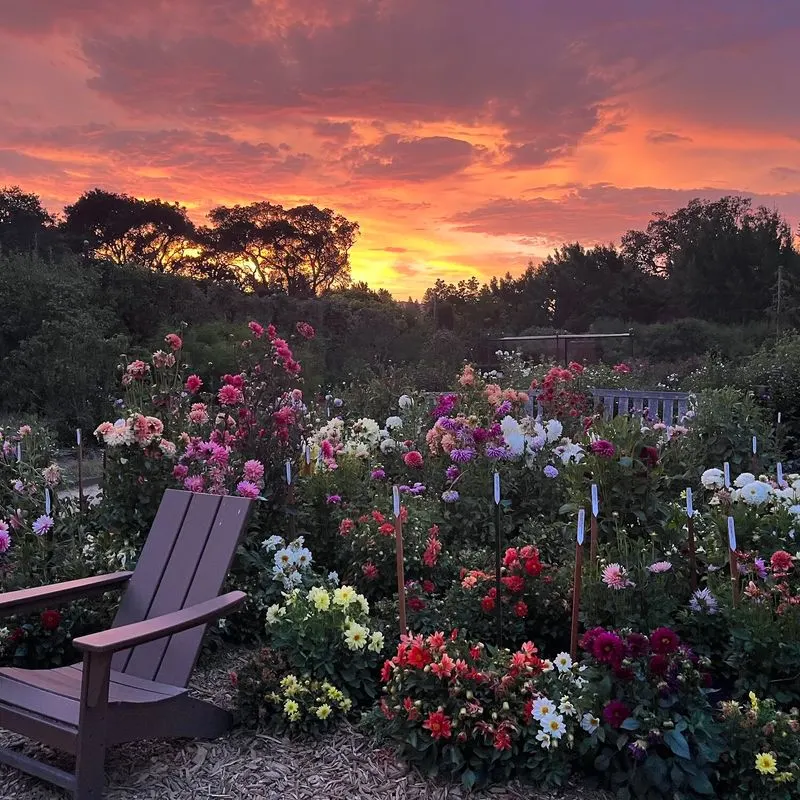
Evening light envelops gardens in a warm, golden glow, perfect for dramatic, rich photographs. As the sun sets, long shadows play against vibrant colors, creating a natural vignette.
This time of day is ideal for capturing silhouettes or using backlighting to add depth. The softer light reduces harsh contrasts, allowing for subtle detail capture.
A garden’s evening charm is accentuated by this light, making flowers and foliage appear more vivid. Embrace the quiet and stillness of dusk, where every image tells a story of nature winding down gracefully.
Texture Play
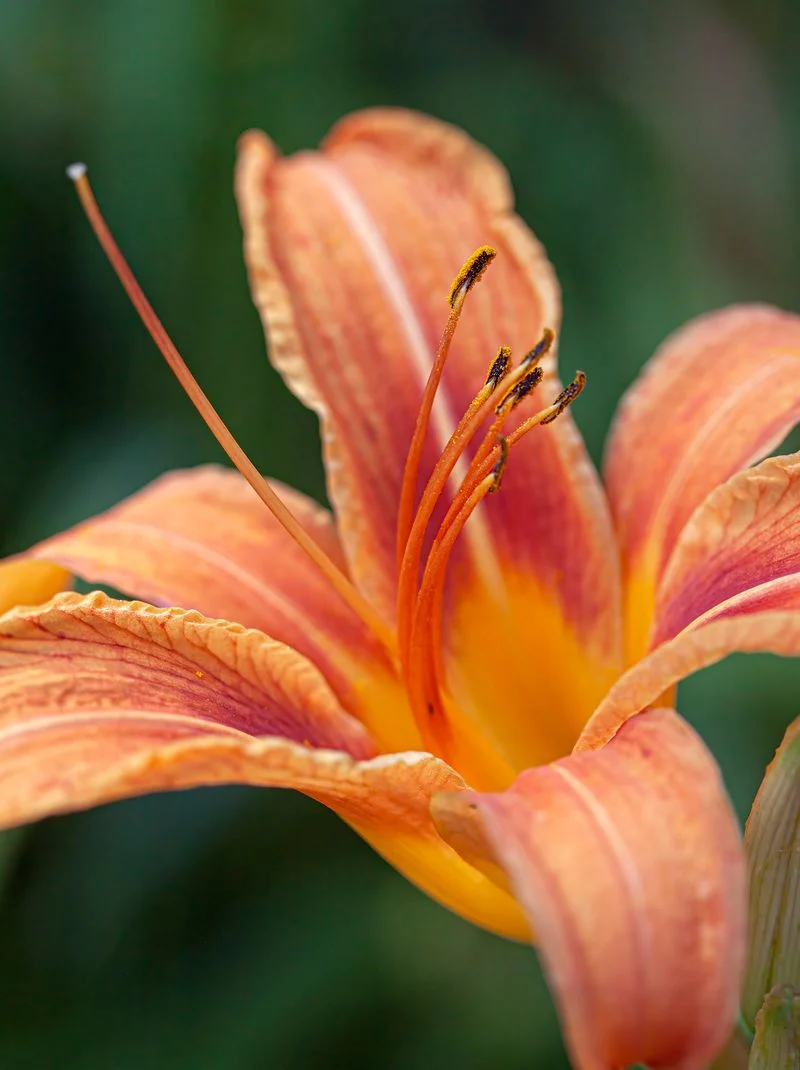
Textures in a garden are a photographer’s playground. From rough bark to silky petals, the variety adds depth to photographs.
Using diffused light, capture close-ups that emphasize these textures. This approach brings out the intricate details, making each element stand out vividly.
Experiment with angles to highlight contrasts between different textures. This method not only enhances visual interest but also creates dynamic compositions. In June, lush growth offers a plethora of textures, each telling its own story, waiting to be discovered by your lens.
Macro Marvels
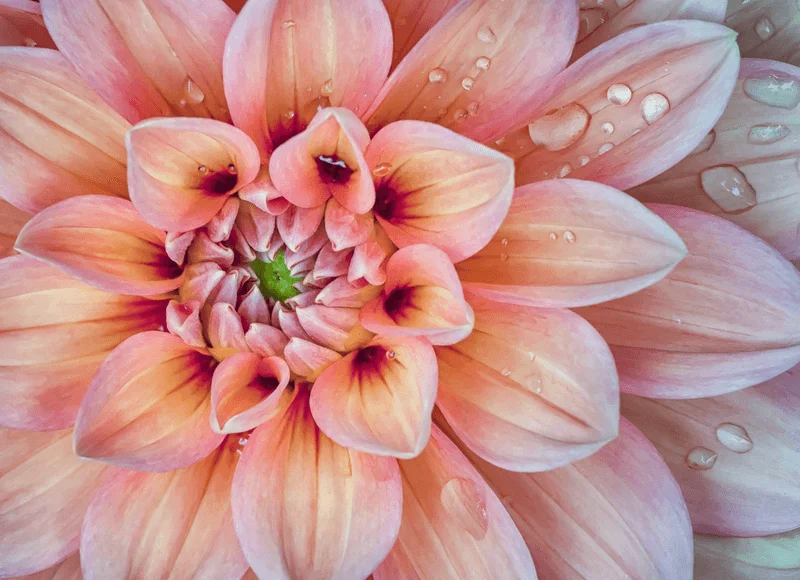
Macro photography unveils the hidden world within a garden. By focusing on small details, like the intricate petals of a flower or the delicate wings of a butterfly, photographers can create captivating images.
Using a macro lens, capture the fine details that are often overlooked. This perspective transforms ordinary garden scenes into extraordinary visual stories.
In June, gardens burst with life, offering endless subjects for macro exploration. Each shot reveals a secret world, showcasing the fascinating complexity and beauty of nature.
Compositional Creativity
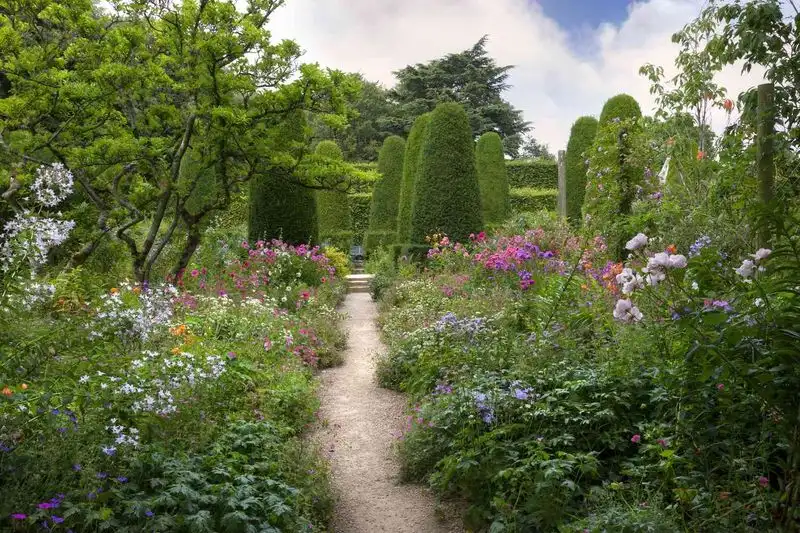
Composition is key to striking garden photography. Utilize natural frames, like arching branches or winding paths, to guide the viewer’s eye.
Consider the rule of thirds to balance elements in your shot. This technique adds harmony and draws attention to focal points.
In June, gardens present endless opportunities for creative composition. With lush greenery and colorful blooms, each scene can be crafted into a visually compelling photograph. Let your imagination lead, experimenting with different perspectives to capture the garden’s full essence.
Color Contrast
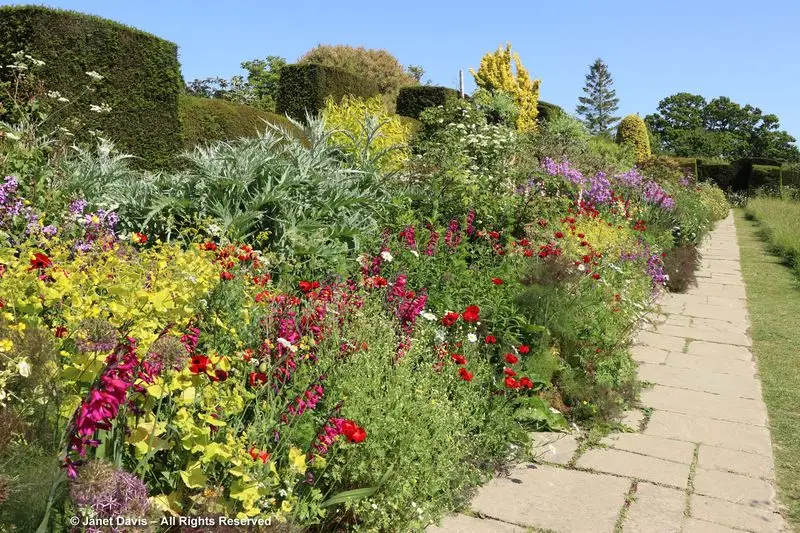
Color contrast adds drama and interest to garden photography. In June, gardens are bursting with a plethora of hues, providing the perfect palette.
Focus on scenes where contrasting colors, such as bright reds against dark greens, create visual impact. This technique draws the viewer’s eye and emphasizes the vividness of the blooms.
Experiment with different pairings to find the most striking contrasts. This approach not only enhances color dynamics but also brings out the individuality of each flower, making your photographs vibrant and dynamic.
Focal Points
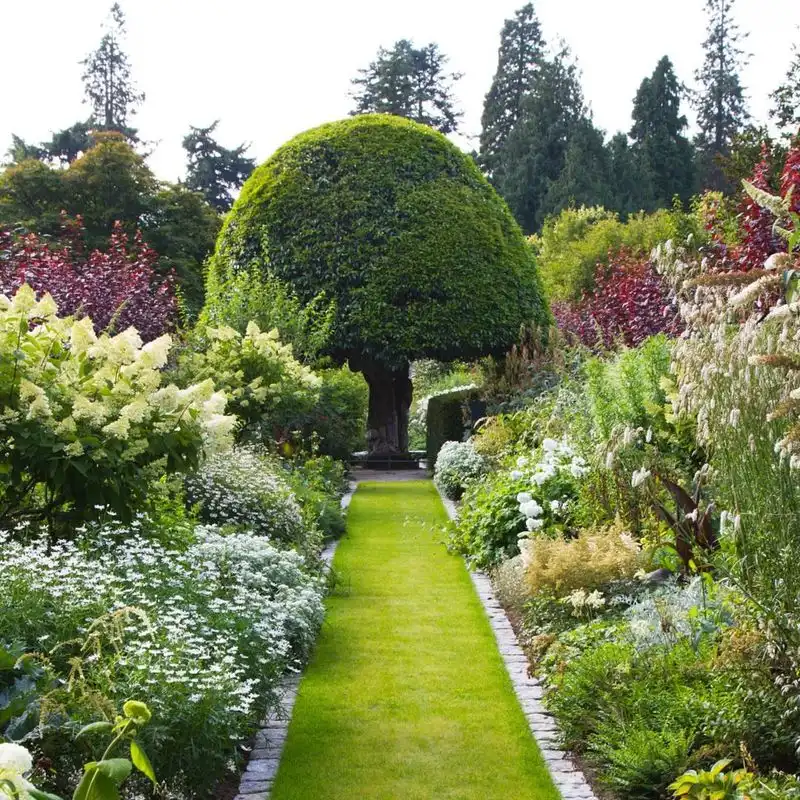
Establishing a focal point in your garden photography directs viewer attention and adds interest. Choose a single striking bloom or an unusual plant as your subject.
Using a shallow depth of field, blur the background to make the focal point pop. This technique emphasizes the chosen subject, allowing its beauty to shine.
In June, gardens offer a myriad of potential focal points, each with unique characteristics. This method not only highlights individual plants but also brings a sense of order and focus to your compositions.
Light and Shadow
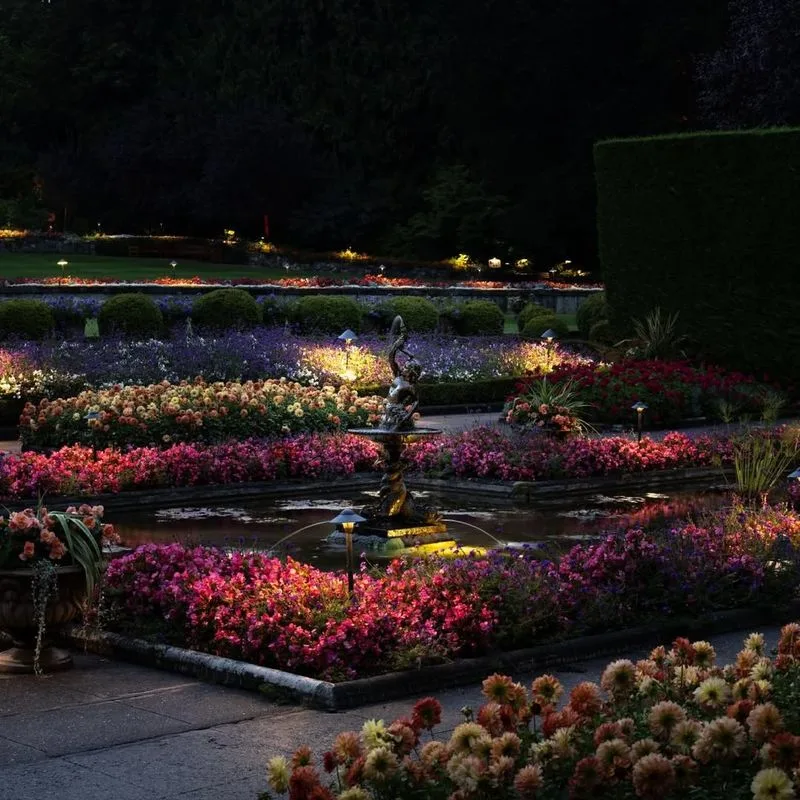
The interplay of light and shadow can transform garden photographs into works of art. Bright sunlight casts intricate shadows, adding depth and drama to your images.
Experiment with different times of day to capture unique shadow patterns. Early morning or late afternoon provides softer light, creating gentle contrasts.
In June, the long daylight hours offer ample opportunities to play with this dynamic. Embrace the shadows as they dance across foliage, providing a compelling contrast that enhances the garden’s natural beauty.
Reflective Surfaces
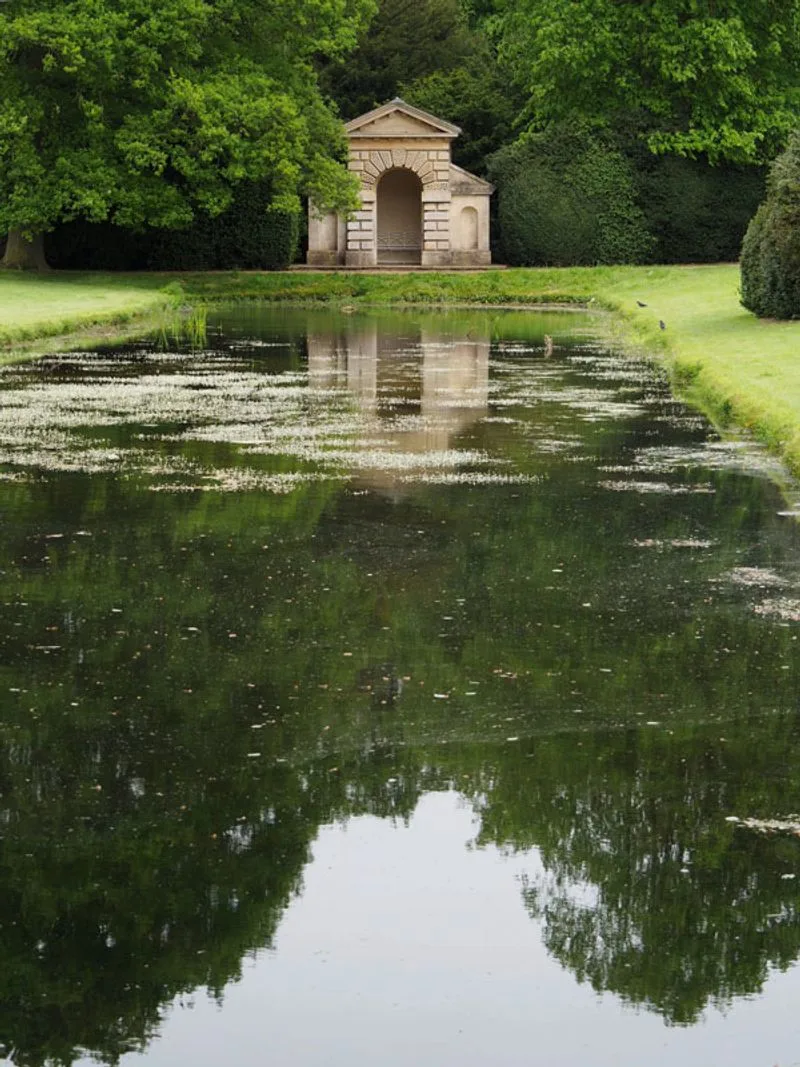
Reflective surfaces in gardens, like ponds or dewdrops, offer unique photographic opportunities. These surfaces create mirror-like effects, adding depth and intrigue to your images.
Position yourself to capture reflections of vibrant blooms or foliage. This technique doubles the visual interest, making scenes more dynamic.
In June, the abundance of water features and morning dew provides ample subjects for reflection photography. These elements add an ethereal quality to your shots, making ordinary garden scenes extraordinary.
Seasonal Highlights
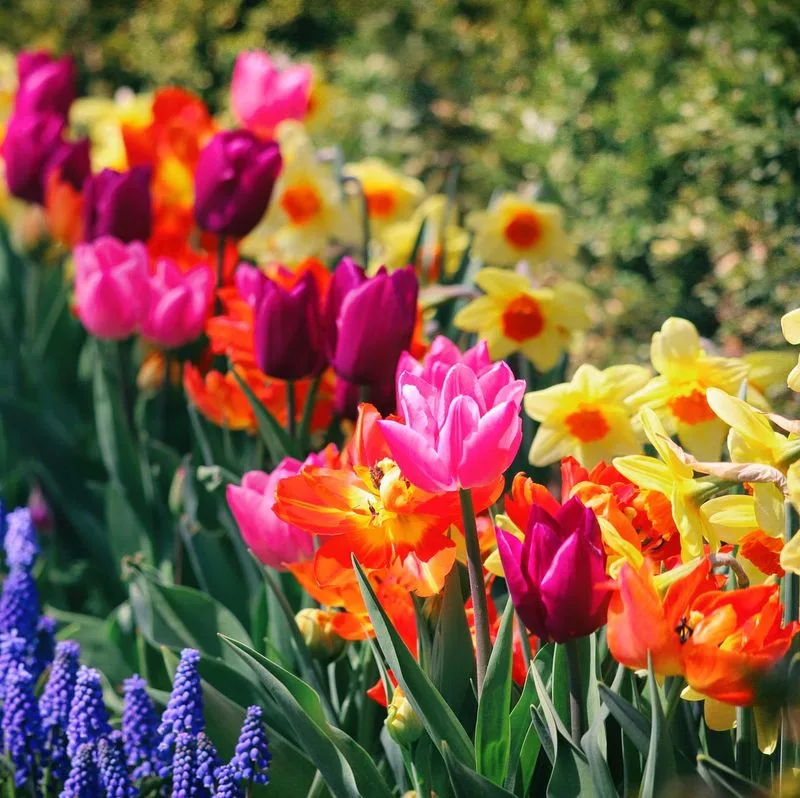
Capturing seasonal highlights ensures your garden photography is timely and relevant. In June, specific blooms, like peonies and roses, reach their peak, offering vivid subjects.
Focus on seasonal flowers to showcase the garden’s current beauty. This approach not only captures the essence of the month but also ensures your images remain fresh and engaging.
Explore different angles and lighting to highlight these seasonal stars. This method brings out the unique charm of June gardens, keeping your portfolio diverse and captivating.
Wildlife Wonders
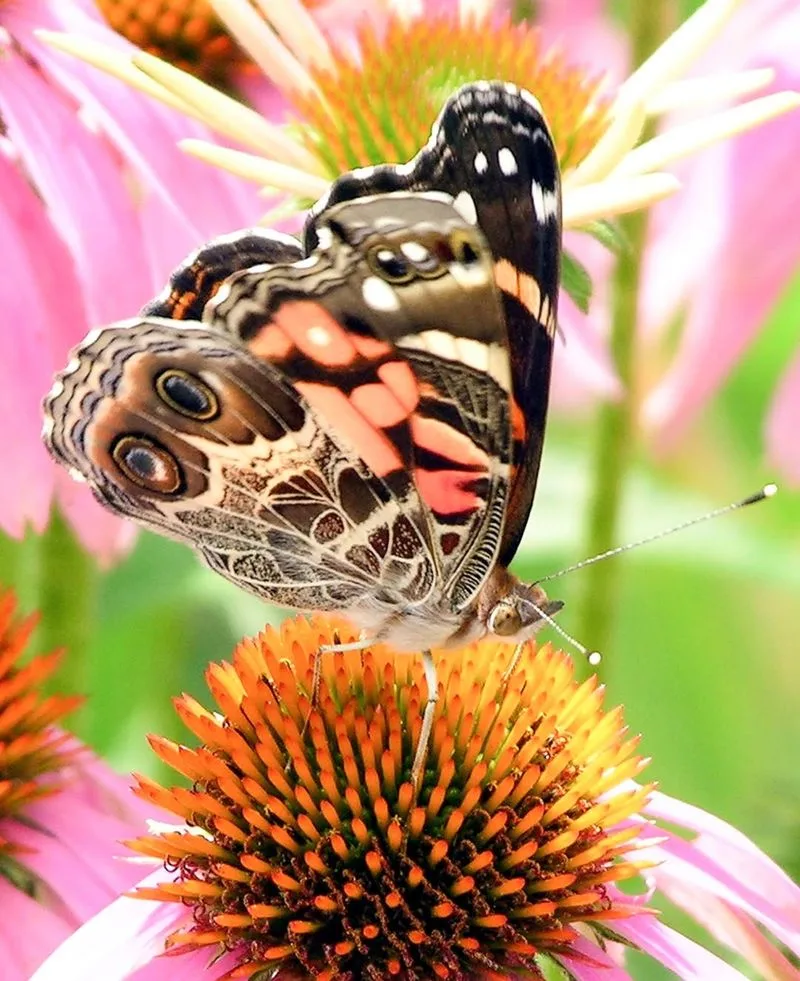
Gardens are alive with wildlife, offering captivating subjects for photography. Butterflies, bees, and birds enliven scenes, adding movement and interest.
Patience is key to capturing wildlife in its natural habitat. Use a zoom lens to get close without disturbing the animals.
In June, gardens are bustling with activity, providing endless opportunities for dynamic shots. Highlighting wildlife interactions with plants adds a layer of story, making each photograph a vivid portrayal of nature’s harmony.
Weather Wonders

Weather conditions can dramatically alter the mood of garden photos. Dramatic clouds or gentle rain showers add atmosphere and texture.
Embrace these elements to capture unique scenes. Overcast skies soften light, creating moody, contemplative images. Rain adds a fresh sheen to foliage, enhancing colors.
In June, unpredictable weather offers a variety of conditions to explore. Use these changes to add emotion and depth to your photographs, transforming ordinary gardens into extraordinary vistas.
Symmetrical Beauty
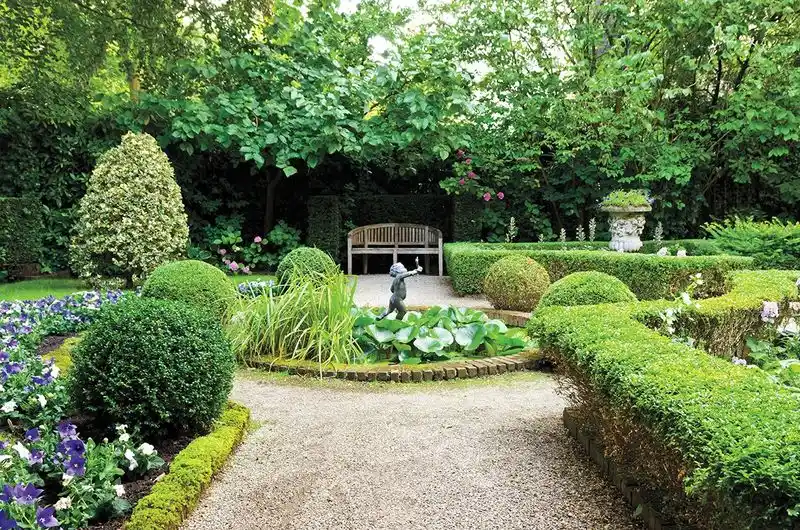
Symmetry in garden photography creates a sense of balance and harmony. Seek out symmetrical layouts, where paths or flower beds mirror each other.
This technique brings order and structure, making compositions pleasing to the eye. Use symmetry to highlight the garden’s meticulous design and aesthetics.
In June, gardens are in full bloom, revealing their symmetrical beauty in vibrant colors. Capturing these scenes emphasizes the garden’s architectural elegance, providing a soothing visual experience.

